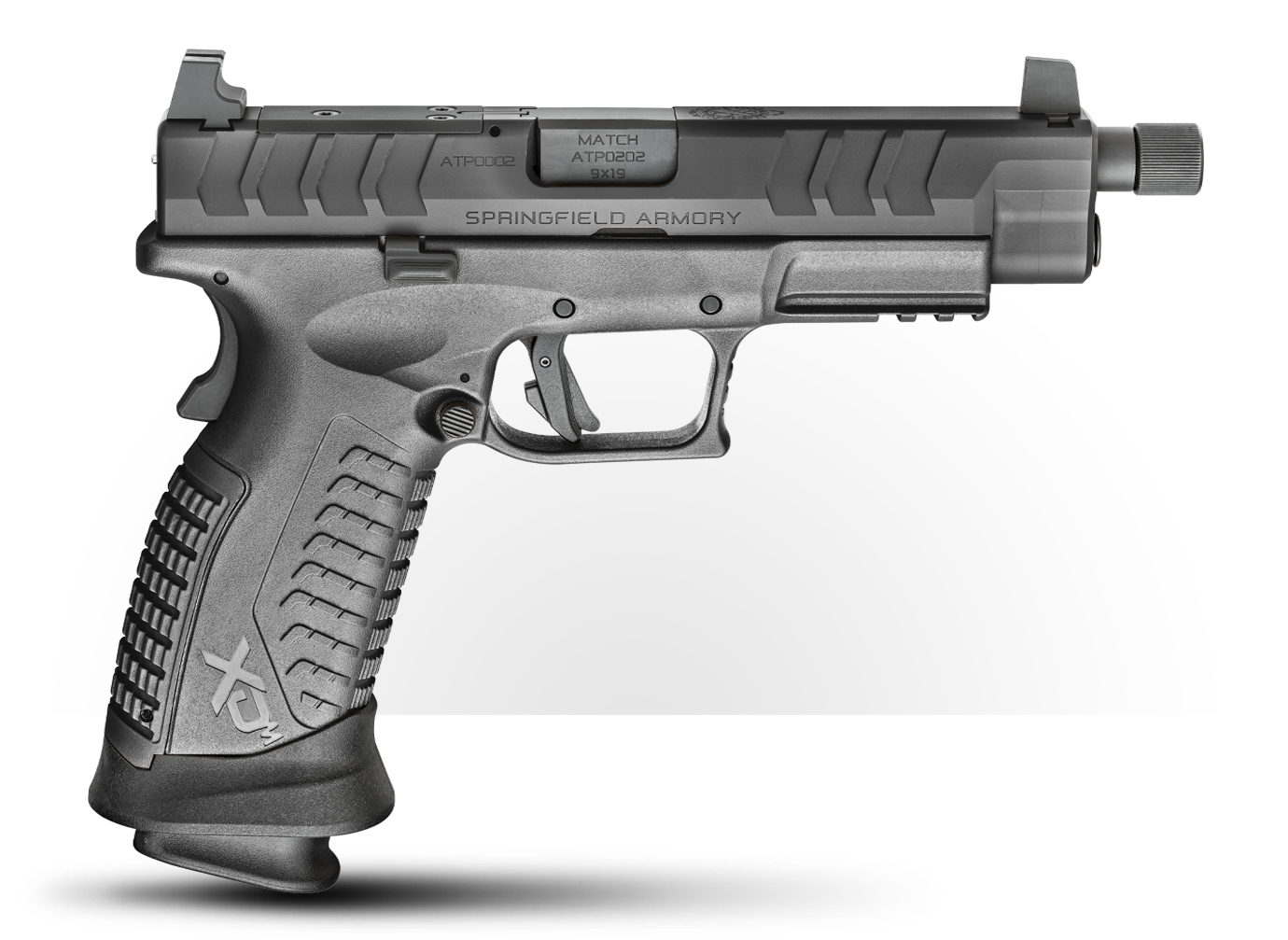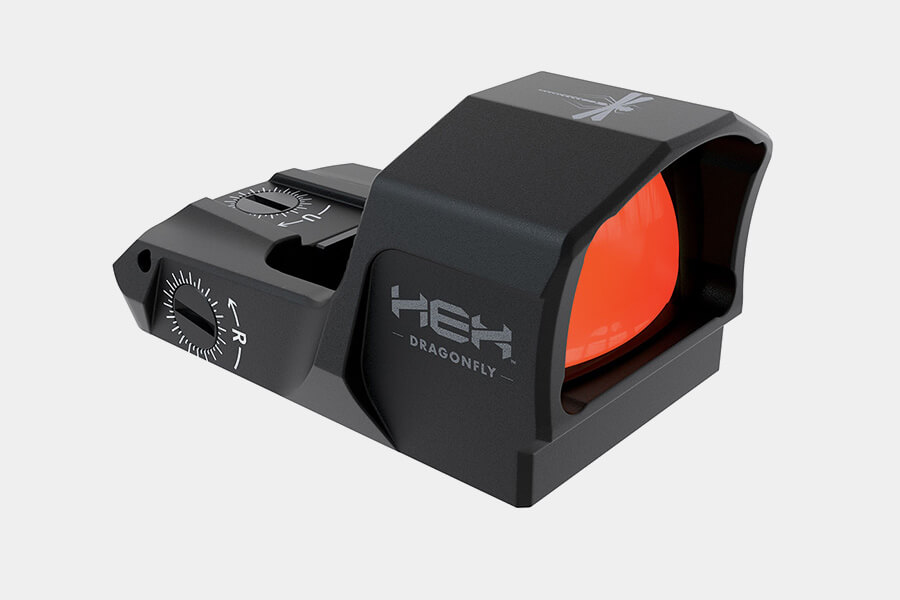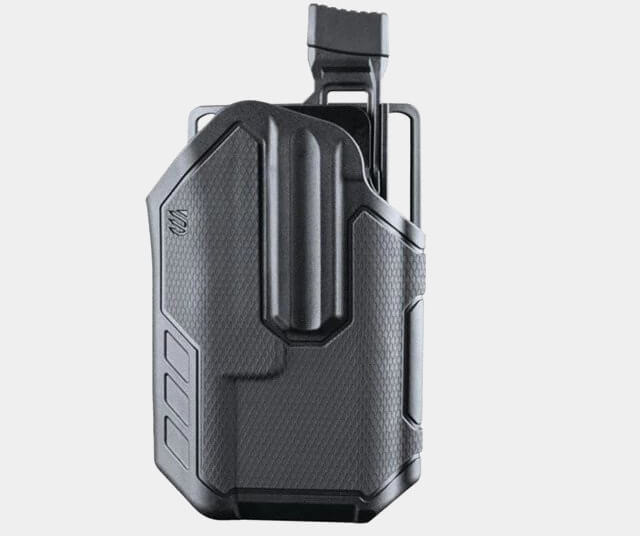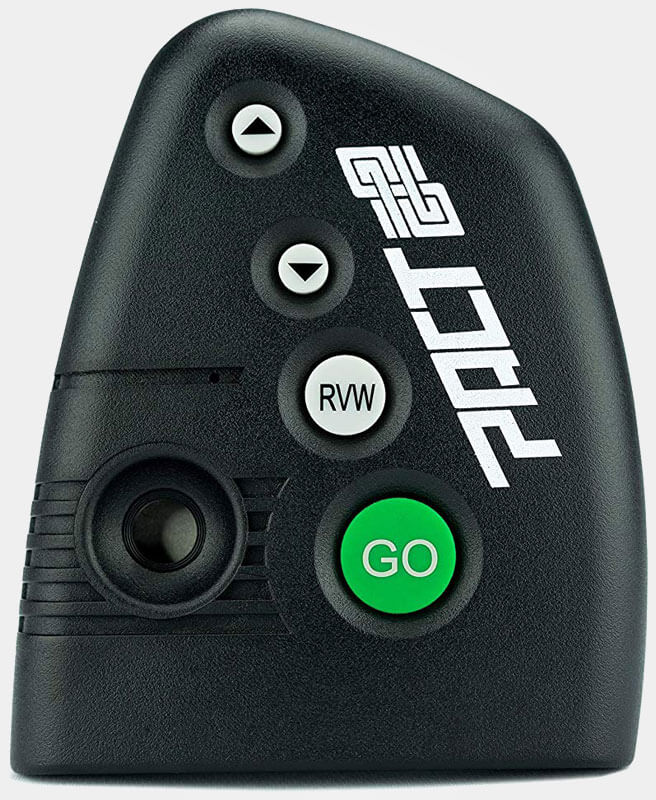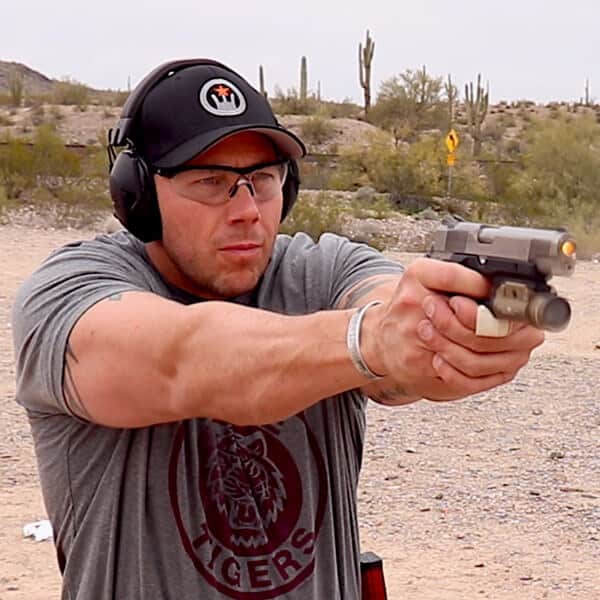We have all heard the saying on the range or in training classes — slow is smooth, and smooth is fast. Or maybe this one? You’ve got to slow down so you can speed up later. How about my favorite that most never explain? Skill-stacking.
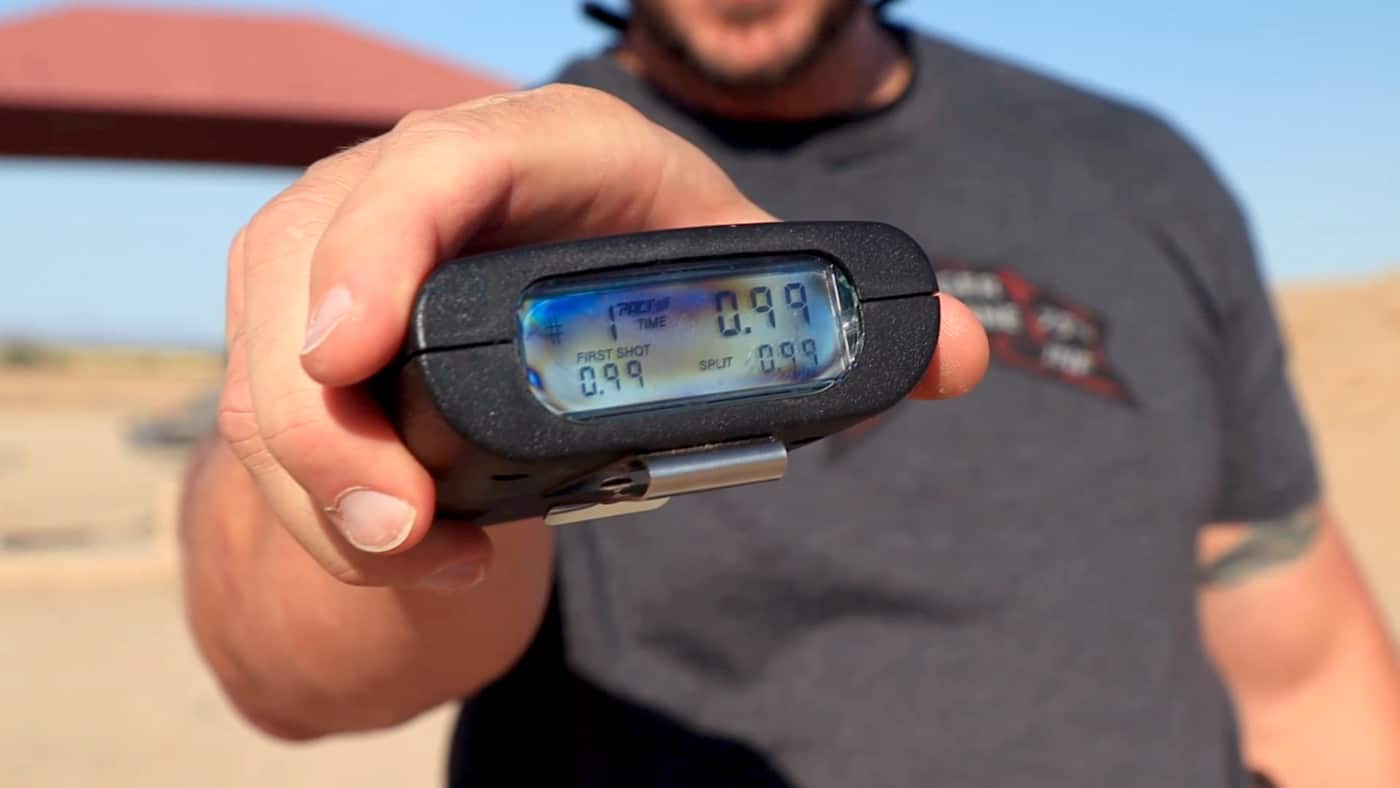
Although these are very relevant and are really the keys to success, we are going to dive into these sayings and use them to build our skill levels together. Try to remember that each time we learn a new skill, we want to go through it slowly. After we have mastered that skill, we can add the next to it and progress through speed variations
Starting From The Bottom
A clean draw is the cornerstone of our range performance. It is where the grip starts, trigger press begins and shot placement follows. We don’t just go for 100% the first time we draw with a new pistol, holster or if we have never been on the range before. Instead, we start slowly by building the grip, marrying the hands, getting in the proper hand position with thumbs forward and finishing with trigger press. As our brain remembers the proper positions, we can speed this up. If you have a shot timer, this is a great tool for training on and off the range.
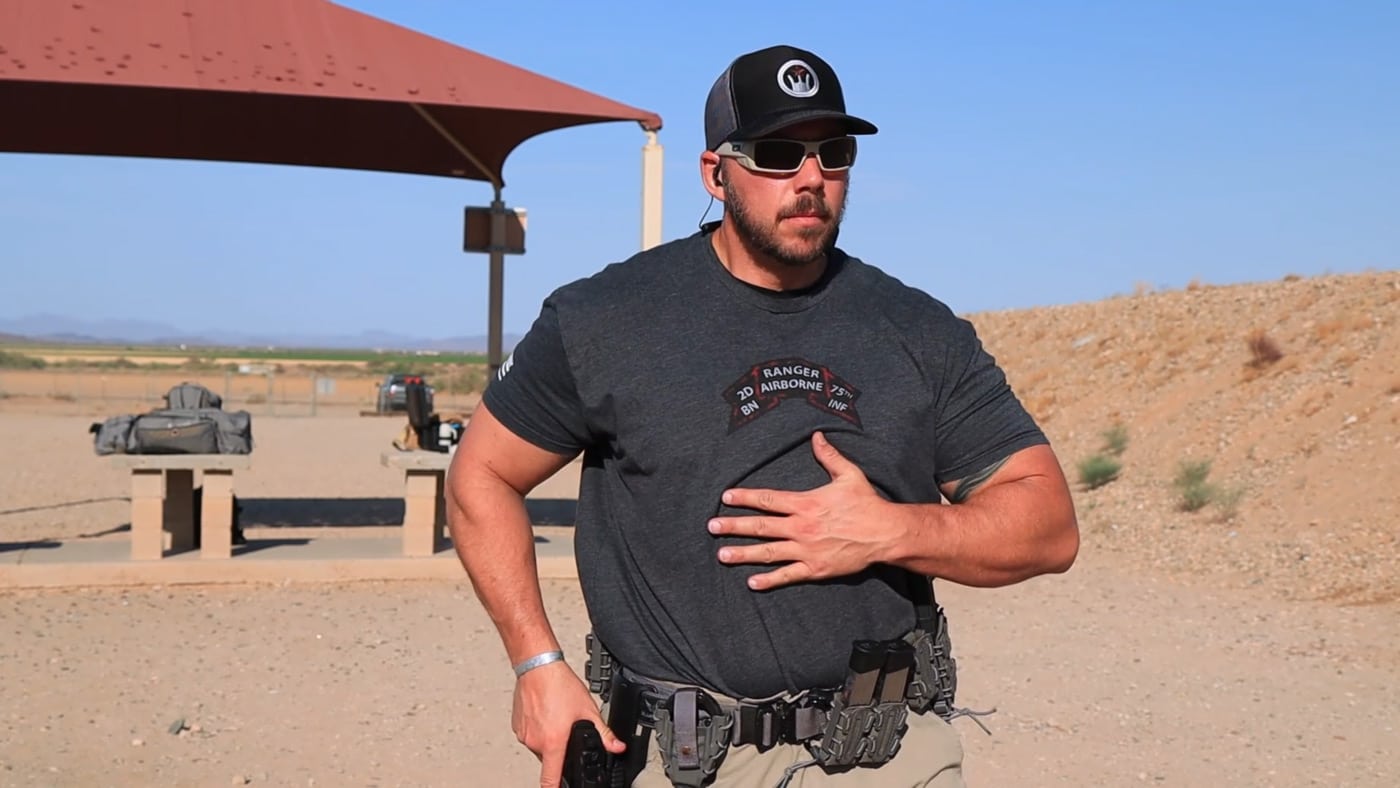
Stacking Skills
Once your draw is good and you have progressed through the speed variations, it is time to skill-stack. With skill-stacking, you focus on the entirety of the process rather than simply perfecting just one part. Draw and press the trigger once you’re on target. Use the same speed strategy as before, of slow to fast. If you hang up on the draw, back off a bit on the speed until you can reliably draw and press the trigger without issue. Once you are comfortable with your performance, it is time to do it live. Load up your favorite ammo and work the drill live-fire. Keep the round count low, maybe 5 to 10 rounds for this, and the real fun will come later.
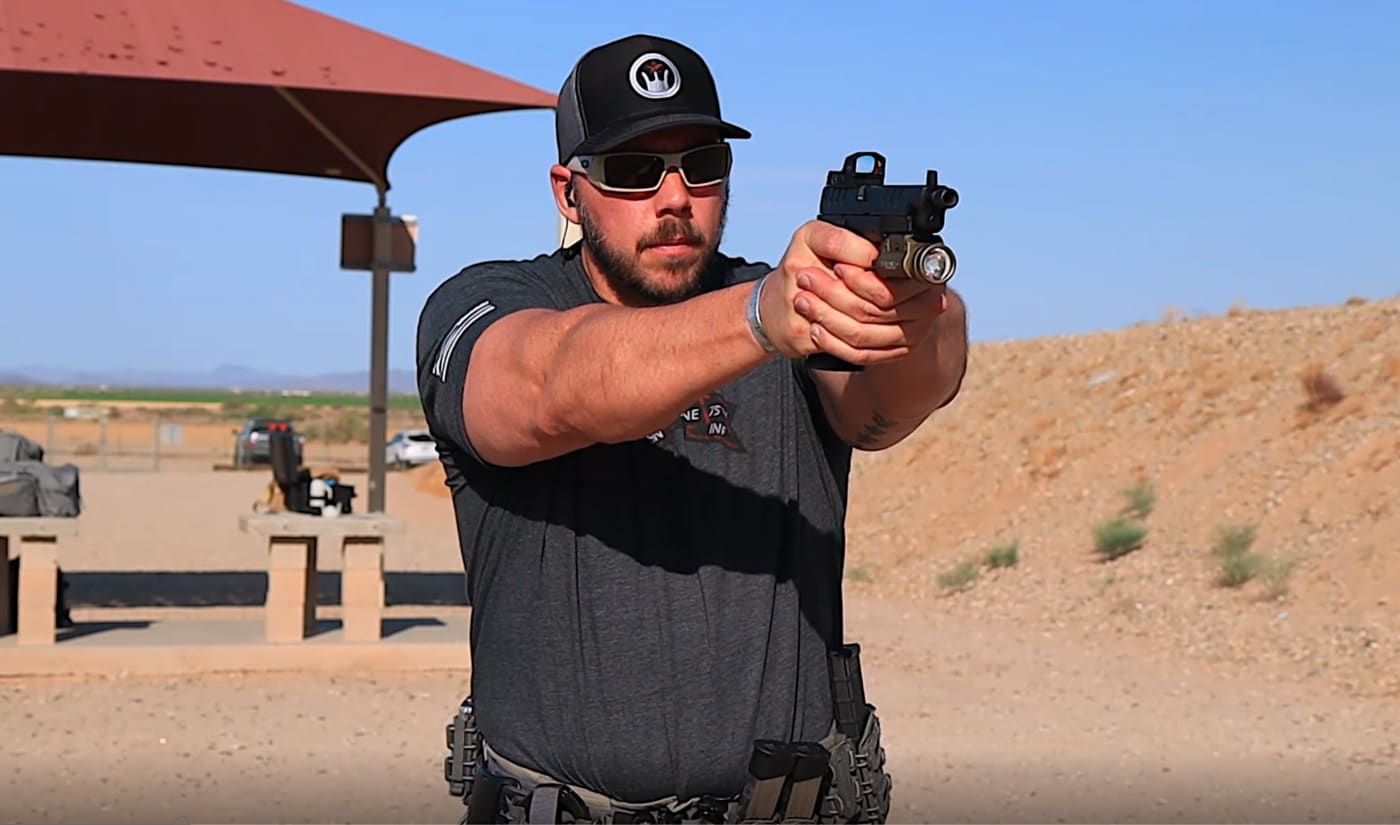
Beyond the Basics
One of the most fun drills to run at speed is the 1R1. This is when you draw fire one round, experience slide lock, conduct an emergency reload and finish with one round. I suggest you practice a few of these dry as I do in the video (steps listed below).
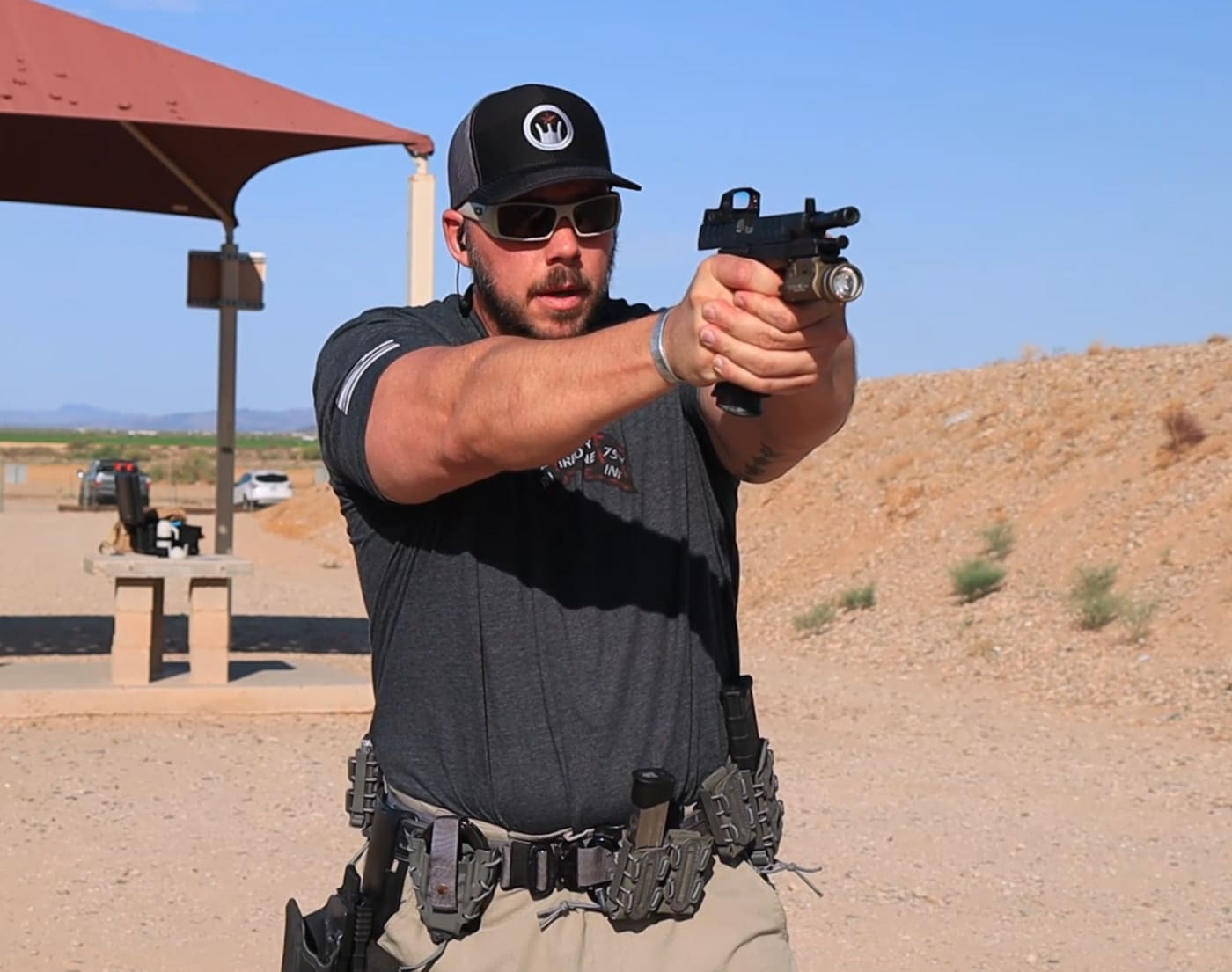
If you have never experienced slide lock on a pistol due to being empty, you need to because it is very distinct. It may be a good idea to set your pistol up with only a round in the chamber and an empty magazine, fire the round and feel the difference as the slide locks to the rear. This will continue the speed methodology and really begin to compound your skill-building. Just think, we have gone from a simple draw to a compound drill in no time.
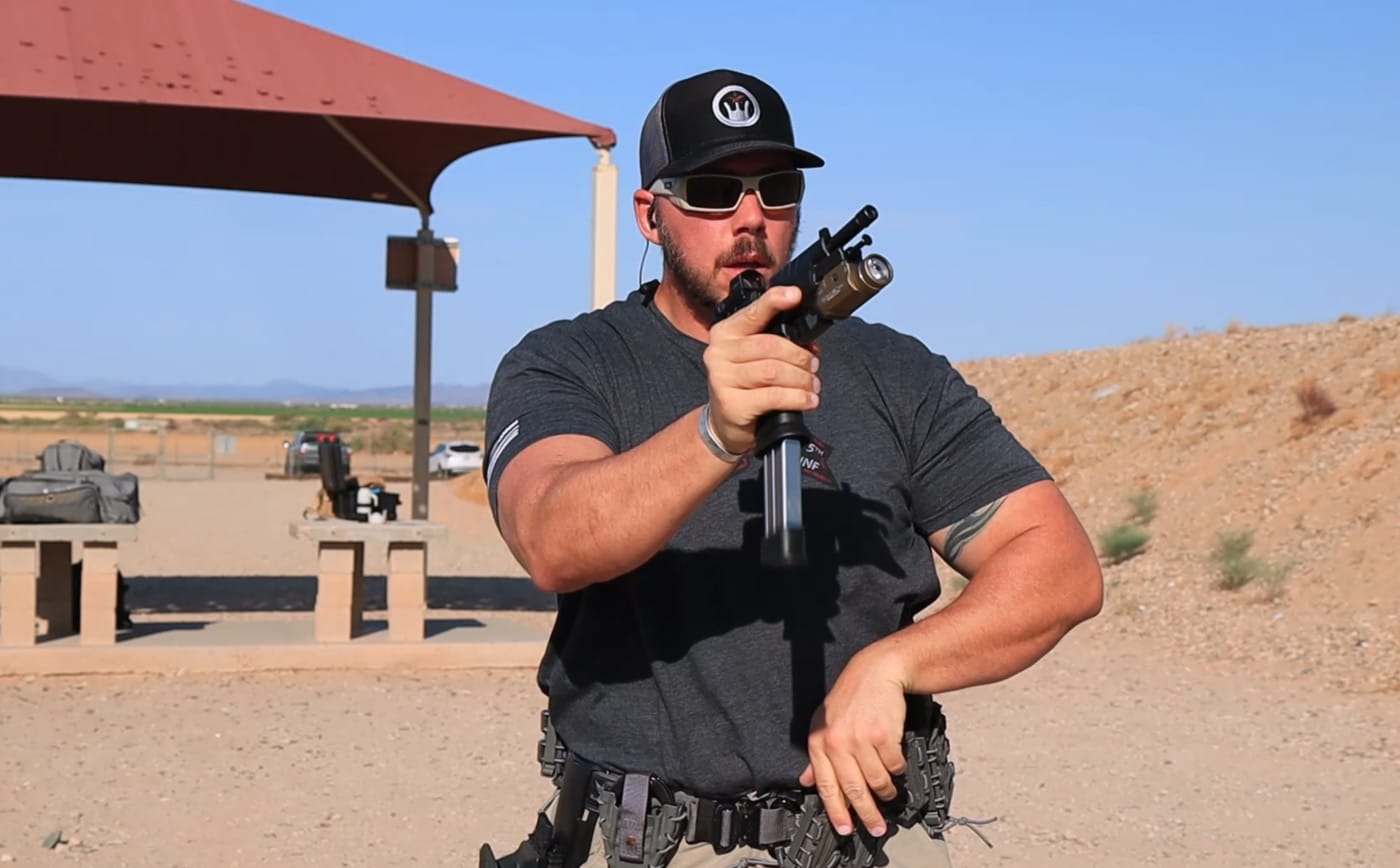
Dry Practice Emergency Reload
- Activate magazine release dropping the empty mag
- Index your fresh magazine
- Slightly rotate your pistol to aid inserting the new magazine
- Either use the slide stop/over the top slide rack to complete loading
Make It Easy and Take It Easy
There are parts and tools that make all of this much easier. One is a shot timer. The PACT I use in this video is a great tool for growth. Having a full-size pistol with a flared magwell like the Springfield XD-M Elite Tactical OSP 9mm makes life a lot easier. Trying to do magazine exchanges on micro- or sub-compact pistols can be tough. You also need a good quality holster like the Blackhawk Omnivore, which will carry everything from an XD to a Springfield Operator 1911.
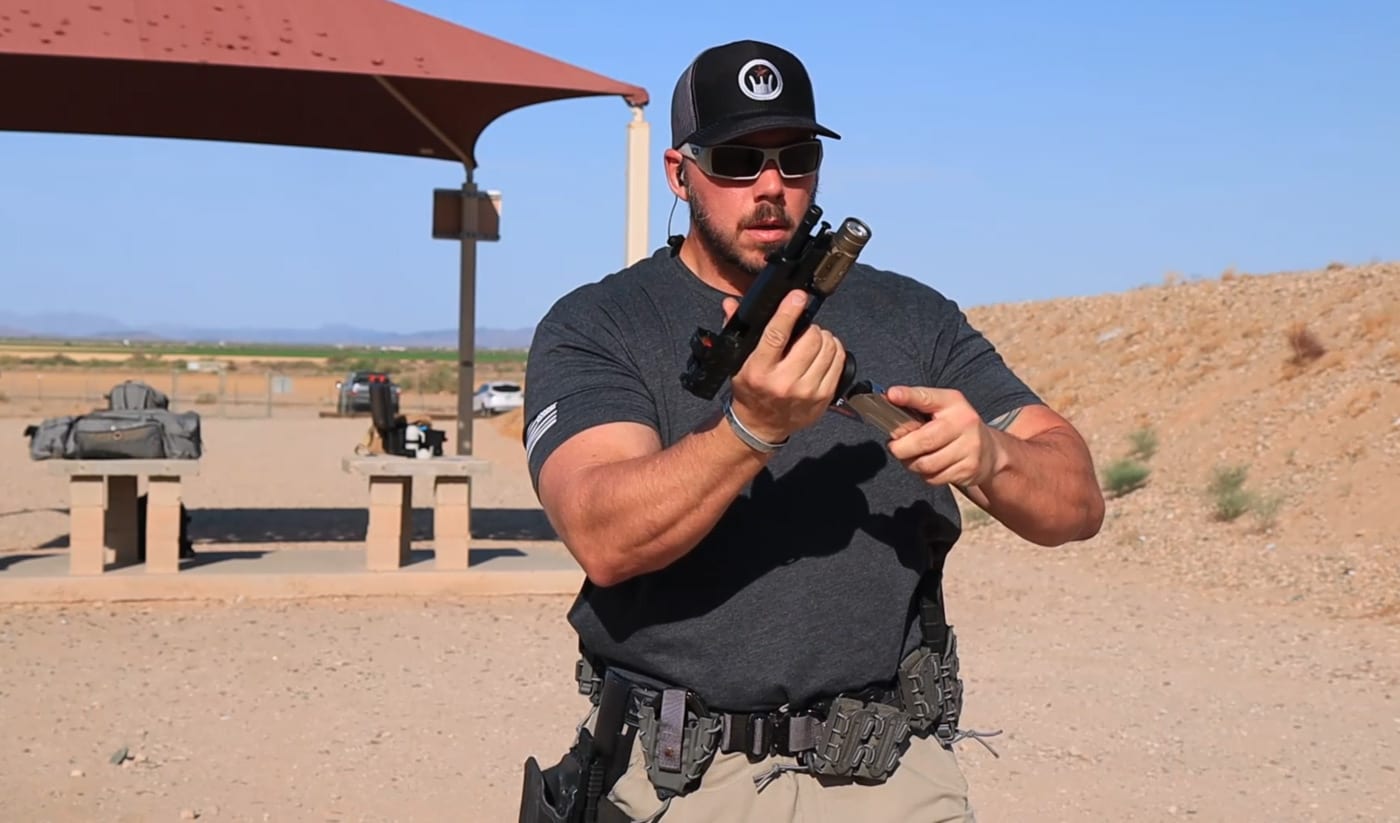
You also have to take it easy on yourself. This is a lot to take on if you are new or have not been to the range for a long time. If you start getting frustrated or flubbing the magazine exchanges, just remember we all do it and we all need a break. When I take out new shooters, I have them shoot no more than 50 rounds that day. This allows for a fun experience, conservation of ammo and limits the length of time you are on the range — and potential frustration from fatigue.
Editor’s Note: Please be sure to check out The Armory Life Forum, where you can comment about our daily articles, as well as just talk guns and gear. Click the “Go To Forum Thread” link below to jump in!
Join the Discussion
Featured in this video
Continue Reading
Did you enjoy this video?

 66
66




